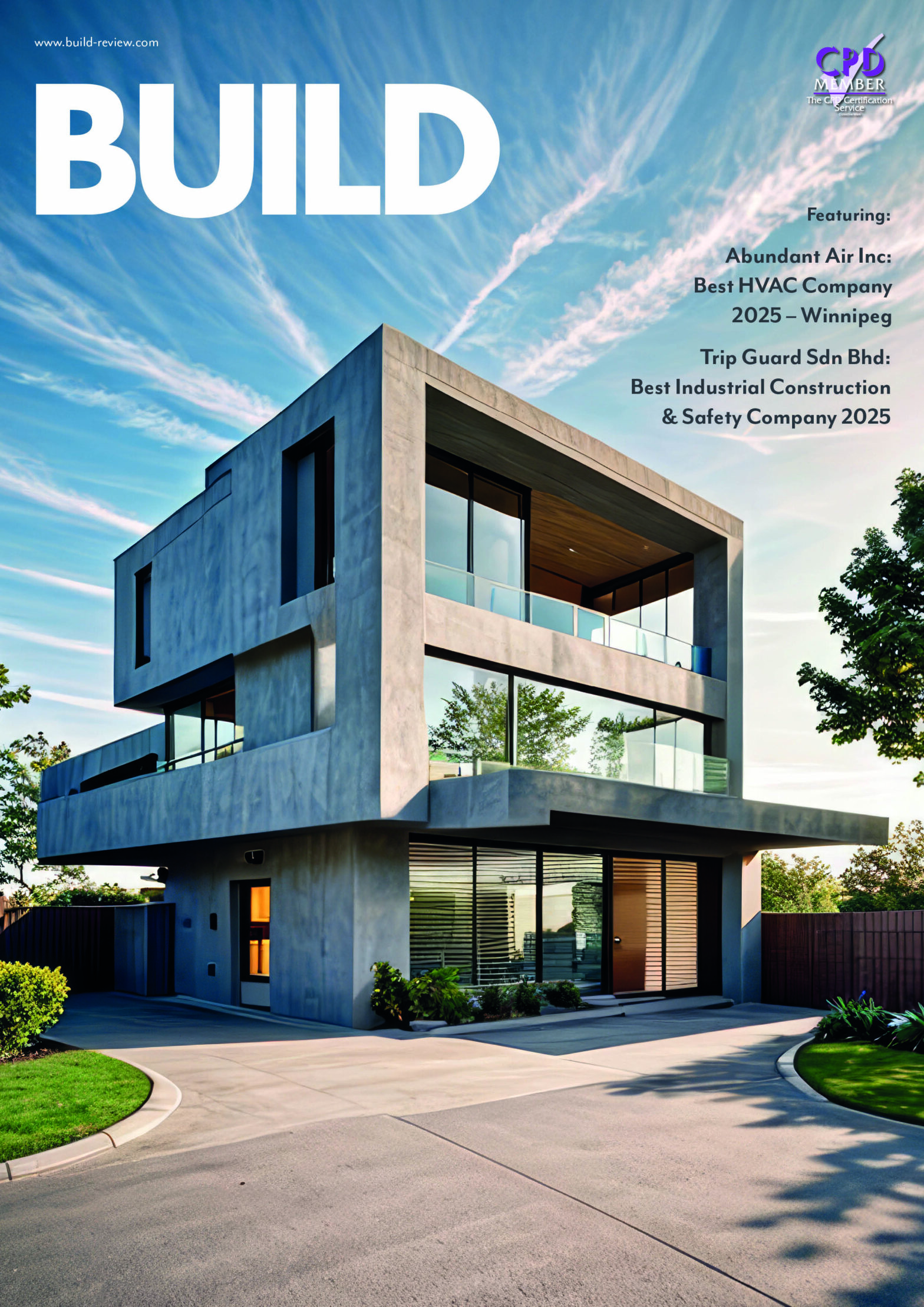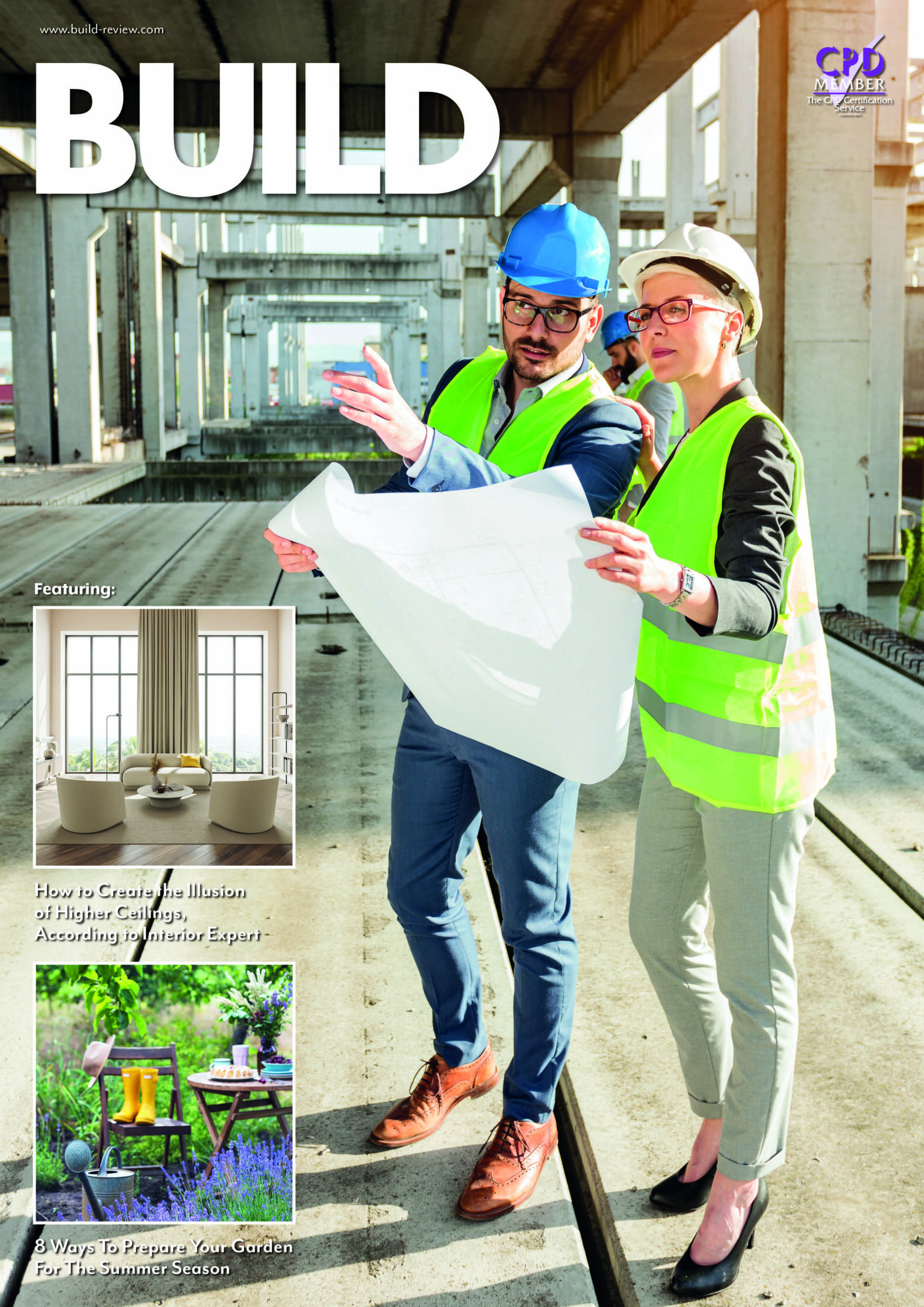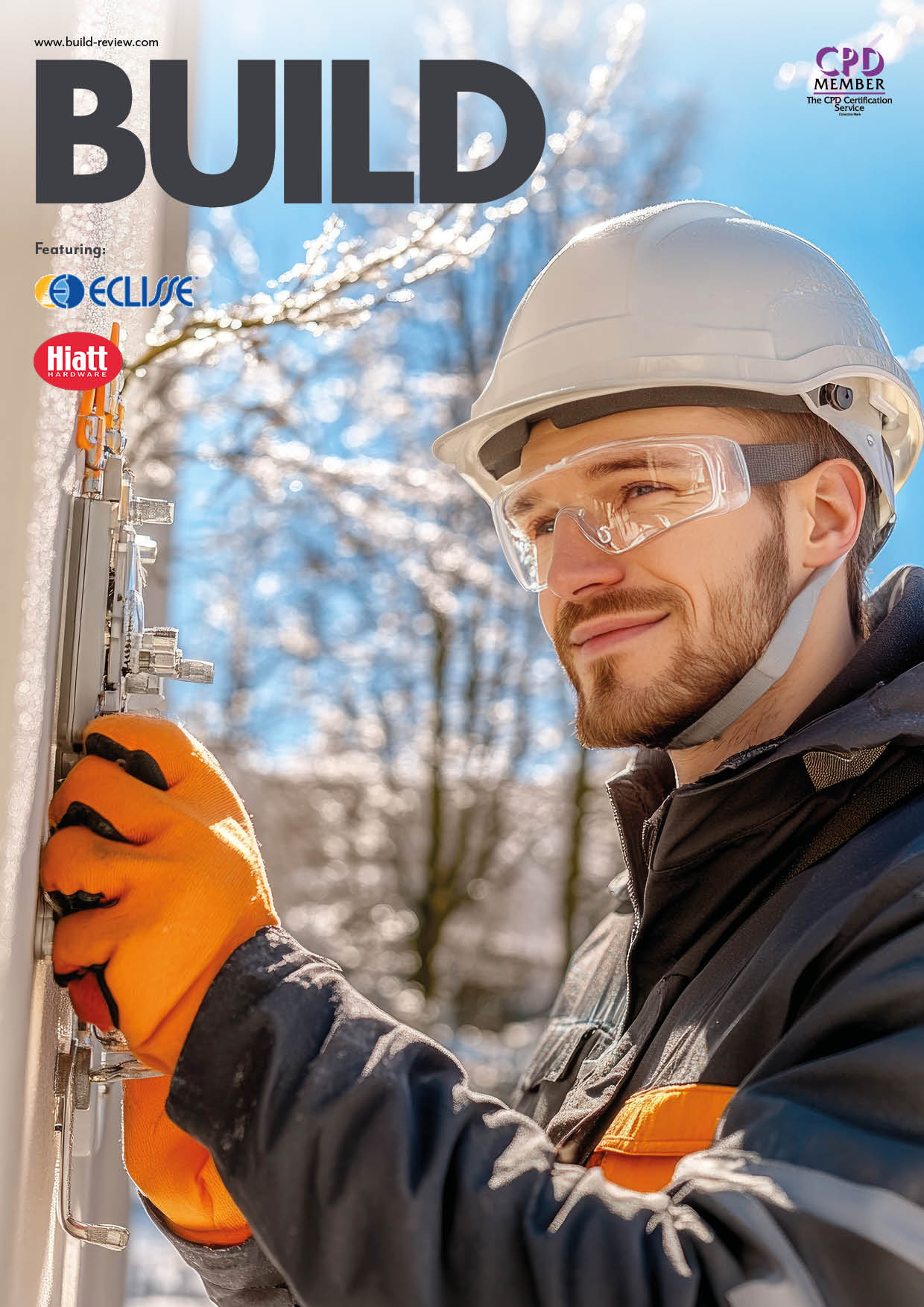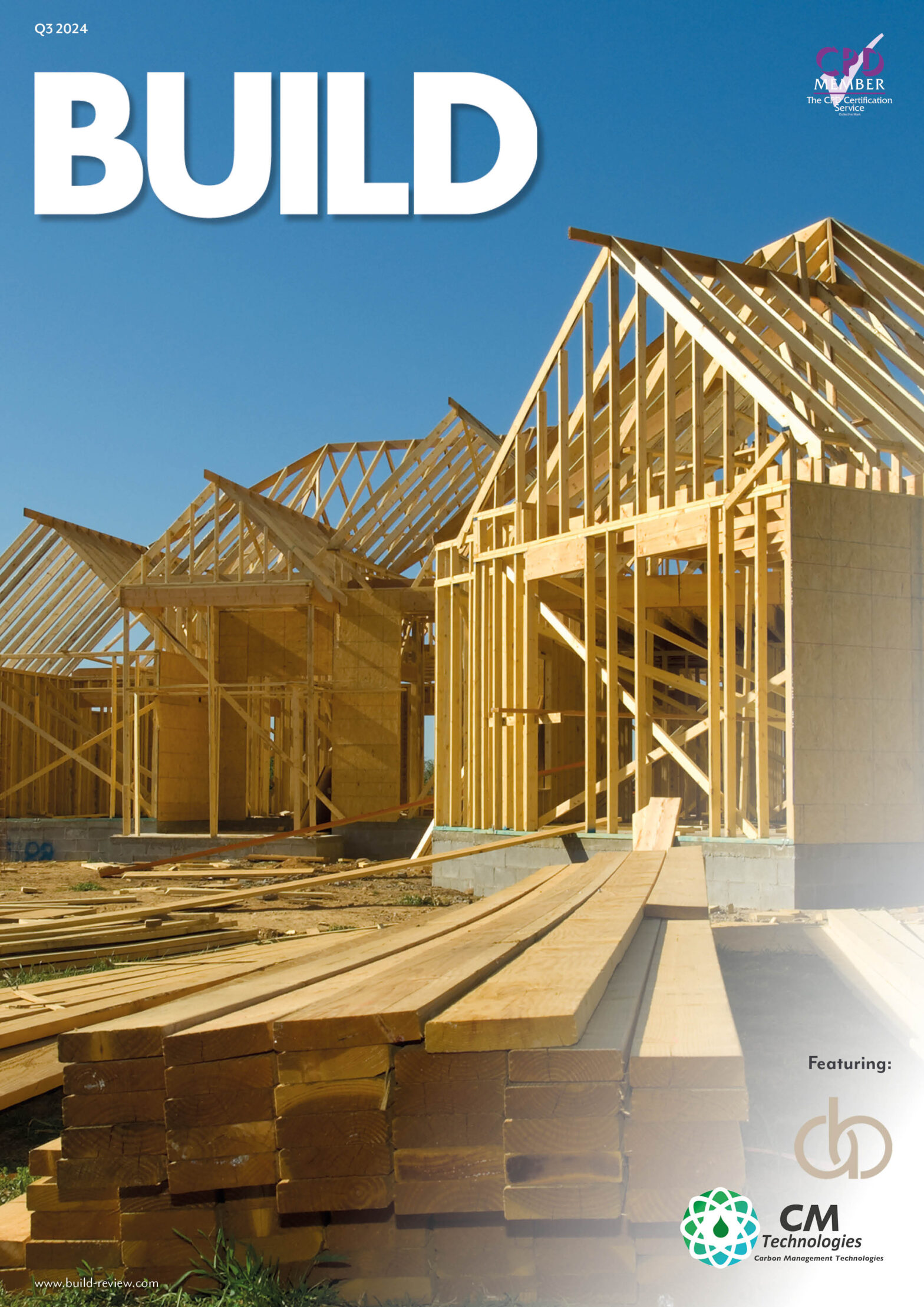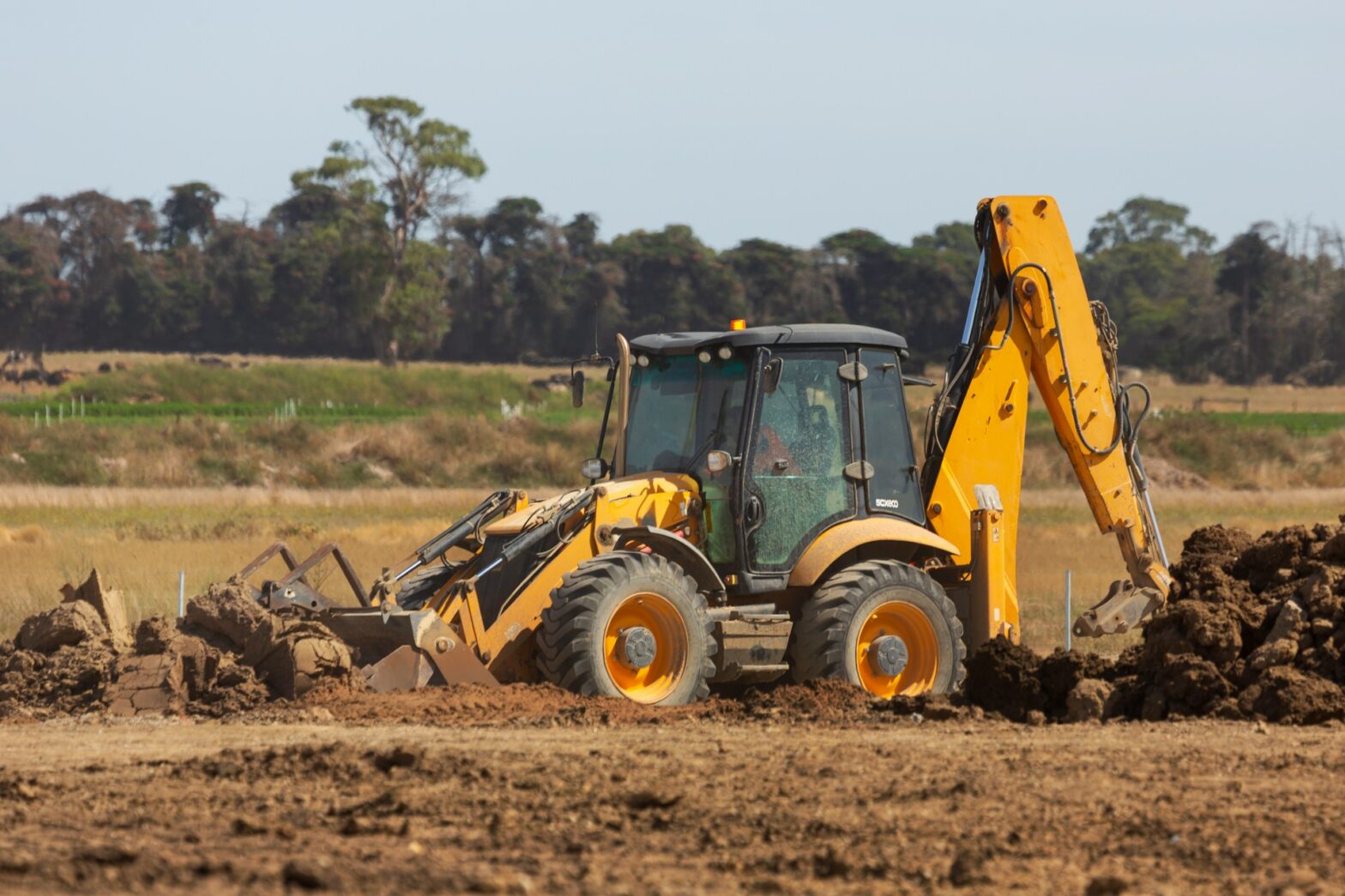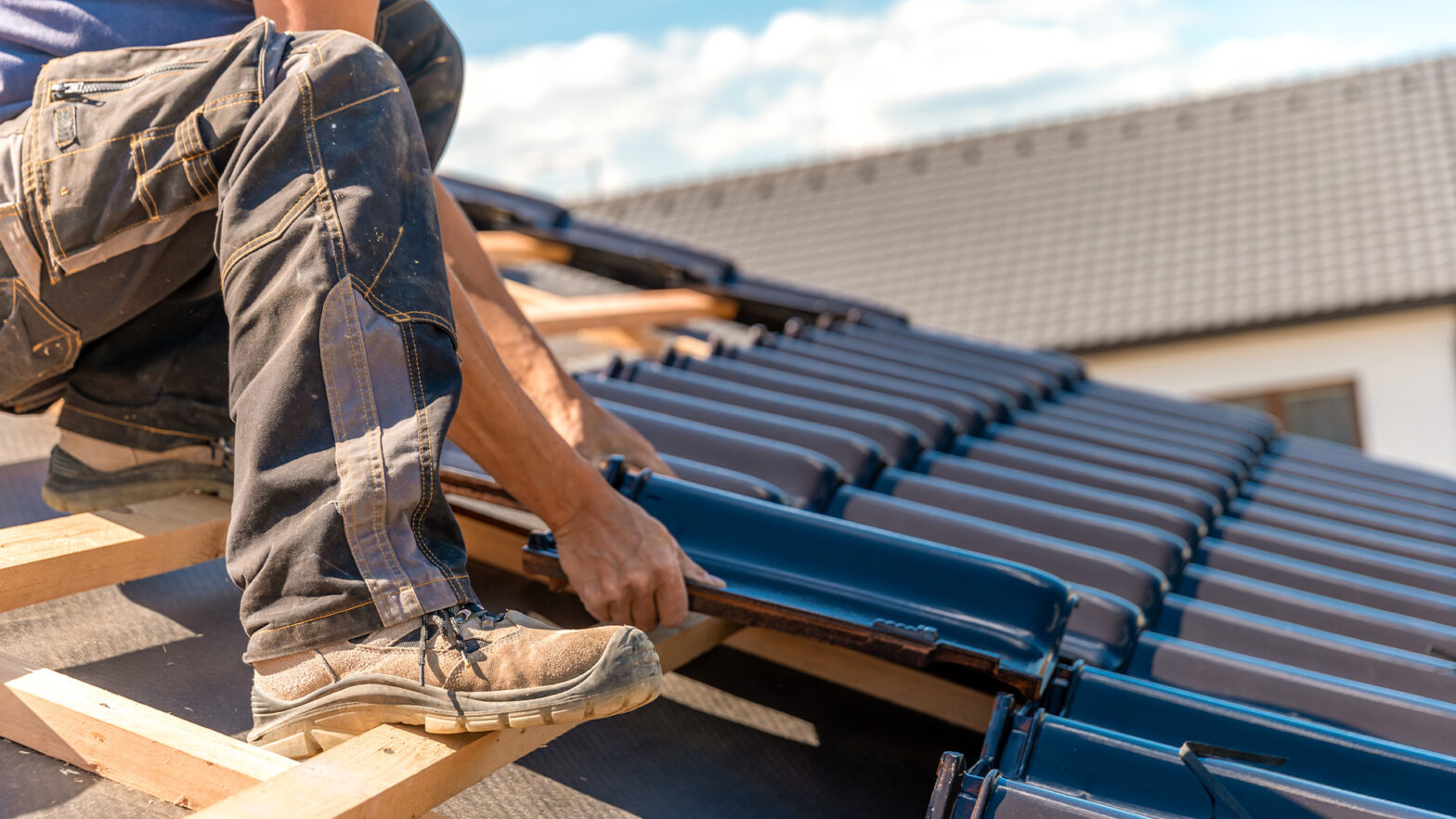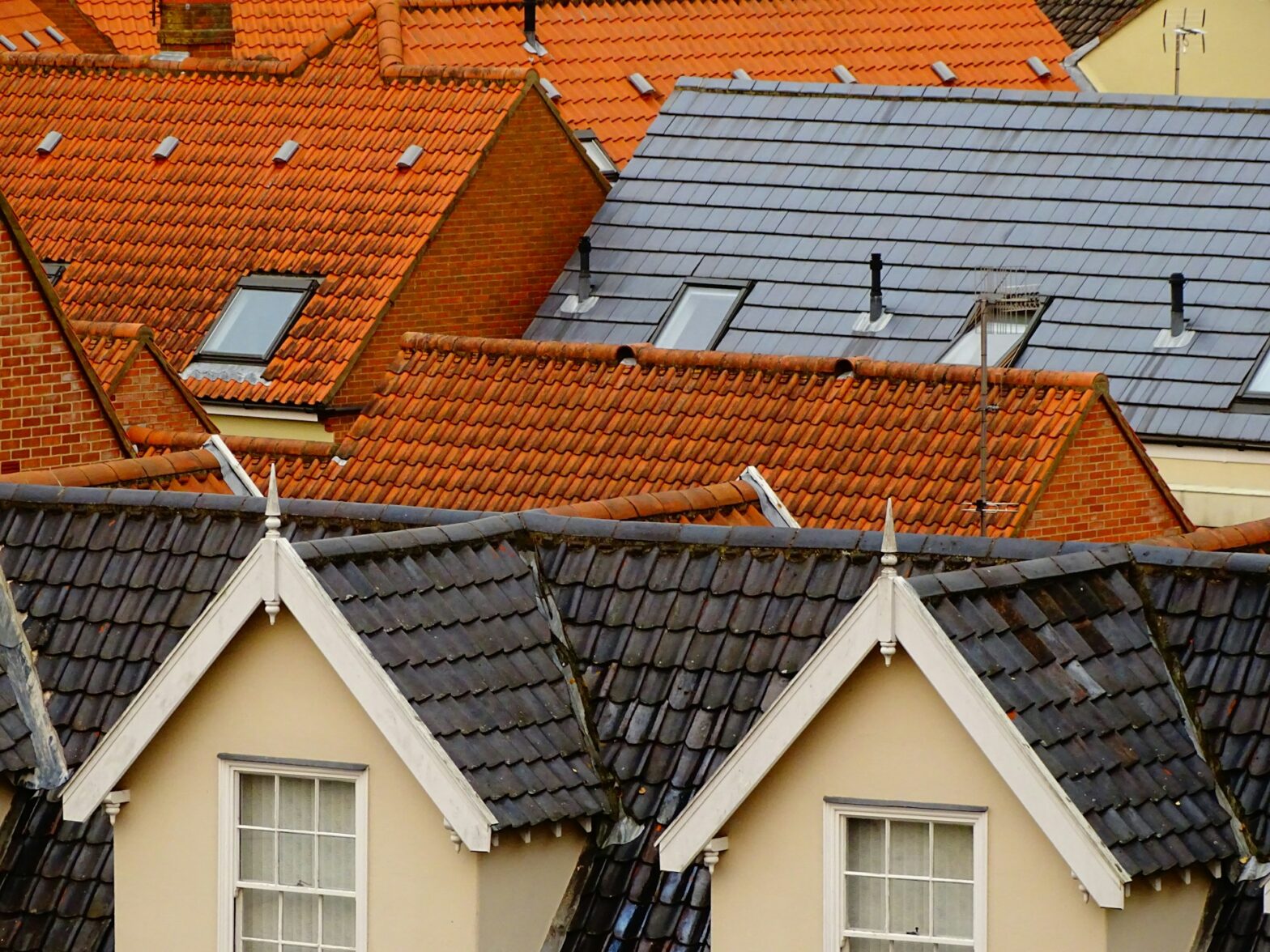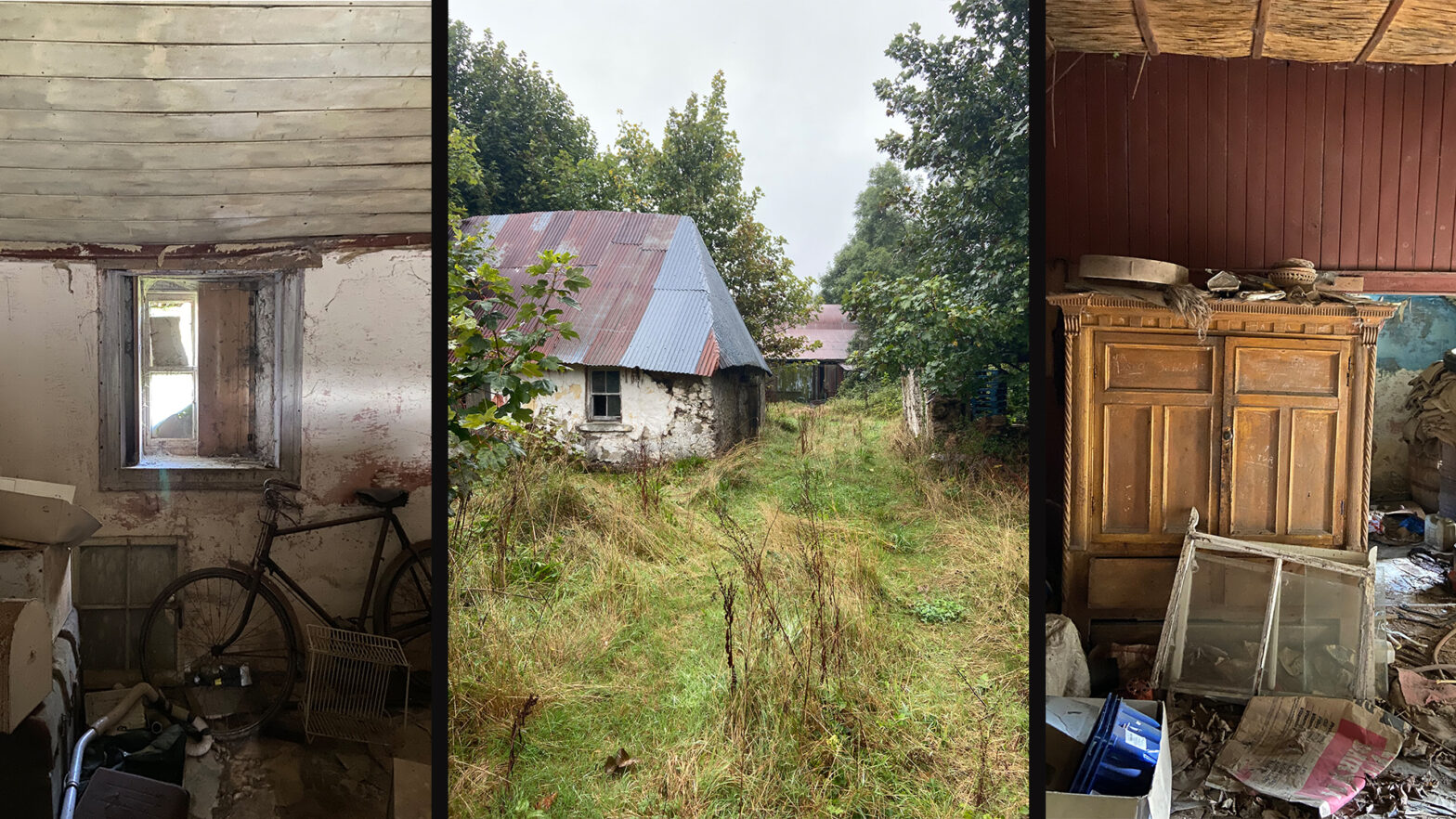
By Ellen Meaney
Ireland’s architectural landscape is a rich tapestry woven with history, culture, and a profound connection to the natural world. Traditional Irish vernacular architecture, with its simple yet powerful relationship to the land, represents more than just a style of building; it embodies a way of life that harmonizes seamlessly with the environment. In an era where sustainability and cultural preservation are paramount, these time-honored practices offer invaluable lessons for contemporary architecture, renovation, and home improvement projects. Whether you’re an architect, contractor, or homeowner, integrating these principles can elevate your projects by aligning them with both environmental consciousness and cultural authenticity.
Vernacular dwellings, often overlooked as relics of a bygone era, are, in fact, masterclasses in sustainable construction and design. These structures were crafted using local materials and traditional methods, tailored to meet the specific needs of their environments. The hearth, once the heart of every Irish home, symbolizes the warmth and community these dwellings fostered. Despite their historical significance, many of these buildings have been left to fall into disrepair, casualties of rural depopulation and modern preferences for new, more convenient structures. However, this shift has created a unique opportunity for revival—one that can marry the wisdom of the past with the demands of the present.
The resurgence of interest in vernacular practices is more than just a nod to history; it’s a forward-thinking approach that can inspire modern architects, contractors, and home improvement enthusiasts. By exploring these age-old methods, professionals in the field can uncover new, sustainable construction techniques that are not only environmentally friendly but also deeply rooted in cultural significance.
The preservation of Ireland’s built heritage offers significant benefits for both renovation and construction projects. Vernacular buildings are not merely historical artifacts; they are integral to the cultural fabric of the landscape. These structures embody a deep understanding of place, climate, and materiality, reflecting a way of life that is resourceful and respectful of the natural world. The use of local materials like stone, wood, and thatch minimized environmental impact while creating buildings in perfect harmony with their surroundings. The stone walls, thatched roofs, and lime plasters used in traditional Irish cottages have proven remarkably durable and effective, standing the test of time in both functionality and aesthetic appeal.
This understanding of traditional construction methods can greatly inform modern renovation and design projects. Whether you’re restoring an old cottage or incorporating elements of vernacular architecture into a new build, the principles of this approach offer countless opportunities. For instance, the emphasis on using locally sourced materials can reduce the environmental footprint of construction projects while also supporting local economies—a win-win for sustainability and economic resilience.
Incorporating vernacular design elements into interiors can also enhance the character and authenticity of a home. From exposed stone walls to handcrafted wooden beams, these features add aesthetic value and create a tangible connection to the broader cultural and architectural heritage of the region. Similarly, garden and lawn design can benefit from vernacular principles, with traditional landscaping techniques offering a way to create outdoor spaces that are both beautiful and environmentally sustainable.
For contractors and those in the home improvement industry, understanding and applying vernacular construction methods can offer a competitive edge. As more homeowners seek sustainable and culturally resonant solutions, the ability to integrate traditional techniques into modern projects will become increasingly valuable. Whether through renovation, restoration, or new construction, the principles of vernacular architecture provide a roadmap for creating homes that are not just functional, but deeply connected to the landscape and culture from which they emerge.
As Ireland continues to navigate the challenges of modern development, there is a growing recognition of the need to balance progress with preservation. Vernacular architecture offers a way to achieve this balance, providing a model for building that is sustainable, culturally rich, and deeply connected to the land. By embracing the principles of vernacular architecture, Ireland can create homes and communities that are not just buildings but living, breathing parts of the landscape, as they have been for centuries. This approach is not only a tribute to the past but a blueprint for a more sustainable and culturally enriched future.

